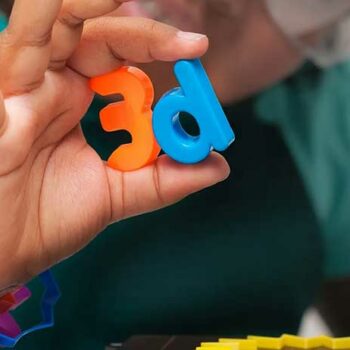Written By: Michael Rosario, Inspired to Educate

“In previous blog posts, we have discussed the necessity to encourage science, technology, engineering and math (STEM) especially in the United States. As our culture has become increasingly digital, we have coined this term of “digital natives” to describe the current generation of kids who grow up playing with IPads, cell phones and computers.
In conversations I have had with advocates of STEM education, some believe it’s important to get kids interested in learning about STEM topics before the 4th of 5th grade. Why? Around middle school, children start to form opinions about what is “cool” or “not cool.” Most kids put things like math, science and computer science into the “un-cool” category.
Mitch Resnick of the MIT media lab and his team of researchers have taken up the challenge of teaching kids to become fluent with technology. While we commonly call kids “digital natives,” Mitch challenges us to take students to the next level. Students should not be passive consumers of knowledge and entertainment. In Mr. Resnick’s view, digital natives should have the ability to make and create technology. In an increasingly digital world, he suggests that students should develop a basic fluency in computer programming and gain a sense of how software works.
I really admire the work he and his team have done on Scratch, a computer programming environment created for kids. It’s designed to be very fun and interactive. Using Scratch, students can create very dynamic interactive experiences and games by simply connecting puzzle pieces together. Many of these student experiences are not trivial to code using traditional programming tools. In the following TED talk, Mr. Resnick describes his passion for teaching kids to appreciate computer programming and how Scratch works.
I really appreciate that Scratch helps kids to have fun with math. Without a doubt, tools like Scratch are encouraging students to become creative. Creativity is such a precious skill that we need to promote to our students. With tools like Scratch, students are getting a fun introduction to design thinking and systems thinking.
Things don’t always work out well when you’re programming in Scratch or any other programming environment. You have to learn how to work through bugs and imperfections. Mr. Resnick suggests that students who use Scratch learn a sense of persistence. Since students engaged in getting their game or their creative project working, they naturally start asking questions, find answers, and learn to work through problems.
I love Mr. Resnick’s closing idea. Teaching kids to code is not about programming itself. It’s about promoting creativity, curiosity, teaching persistence, and giving young people a sense of how they can create technology. All of these fluencies are needed in our rapidly changing world.
Related Links:
Please visit the following links to learn more about Mitch Resnick and his research. I have also included other links related to teaching computer programming to kids and teens.
- Mitch Resnick: http://web.media.mit.edu/~mres/
- Scratch: http://scratch.mit.edu/
- 5 reasons to love Khan academy for computer science
- 5 fun learning experiences with Legos
“Inventors Workshop” series at the Museum of Aviation
In 2017, Check out the “Inventors Workshop” series at the Museum of Aviation. We’ve designed these workshops to introduce young makers to engineering and tinkering with code, digital fabrication, and robotics. Through making and tinkering, participants will learn S.T.E.A.M. (science, technology, engineering, art and math) skills using their hands, grow their creativity and become more curious about their world and test the limits of what is possible.
A big thank you to Michael Rosario for this wonderful and educating blog. To learn more about our Guest Blogger, Michael Rosario, you can visit his website here.
To view all upcoming events and workshops at the Museum of Aviation, click here!











